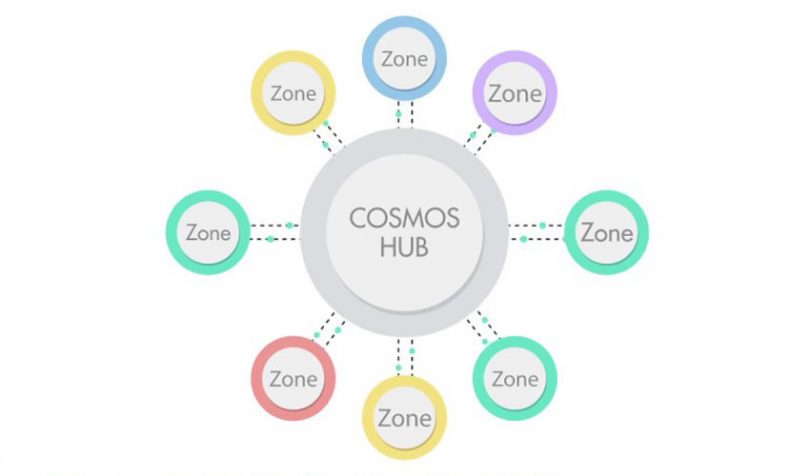Interoperability
The need for blockchains to technically interoperate is an issue that’s starting to rear its head. Cosmos has a Hub which is the core network. Every other blockchain network is called a zone and connects into the Cosmos Hub to enable interoperability. The beauty of the zones is they are independent. So each zone or blockchain can have its own governance and even be private. The primary requirement is that every zone must support Cosmos’ InterBlockchain Communication Protocol (IBC).Article continues …

Want the full story? Pro subscribers get complete articles, exclusive industry analysis, and early access to legislative updates that keep you ahead of the competition. Join the professionals who are choosing deeper insights over surface level news.
Image Copyright: Cosmos

